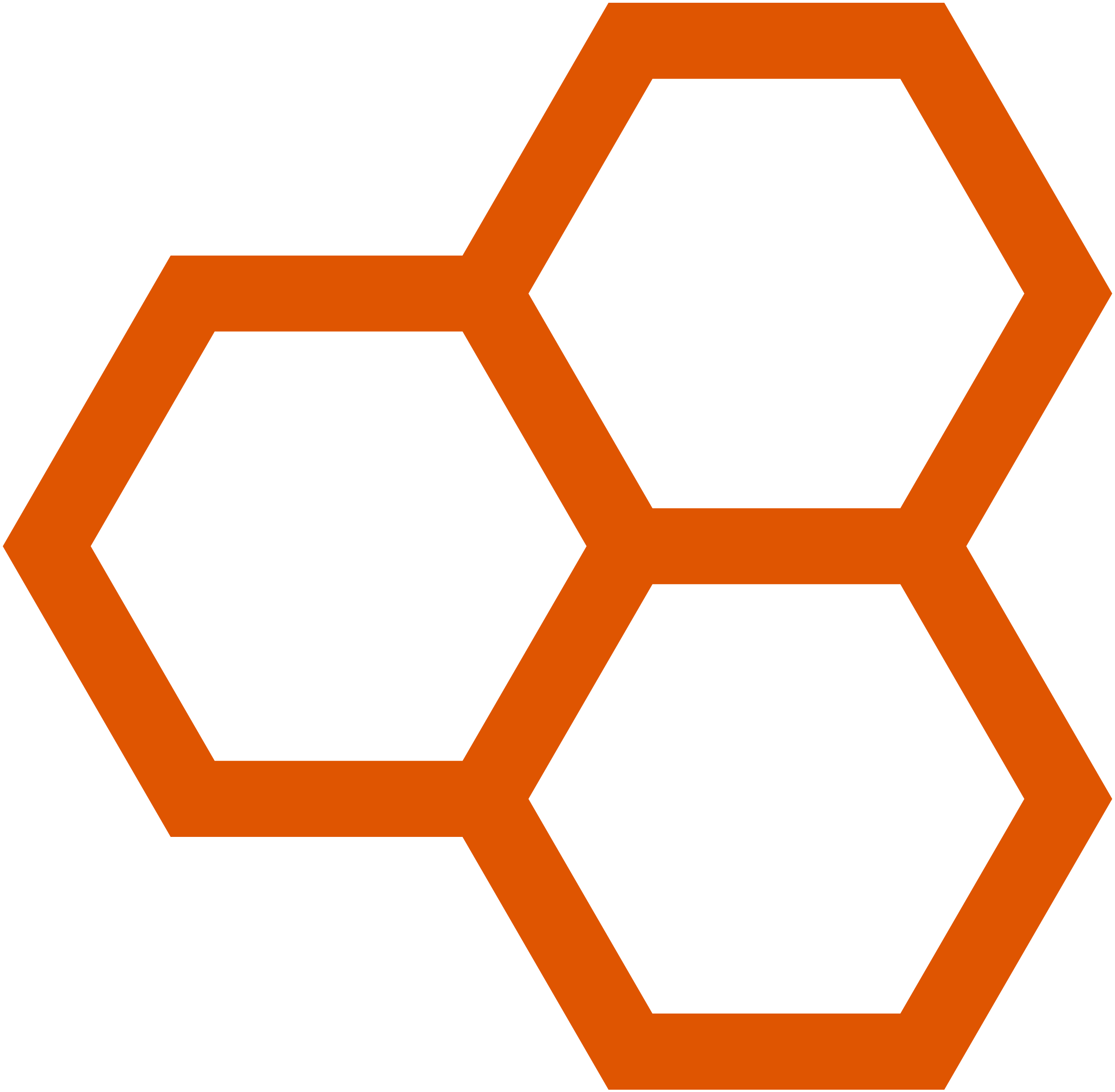Did you know that the true strength of a team lies not only in team spirit, but in a subtle alchemy that combines the unique strengths of each person?
Discover how to transform your team into a harmonious unit by achieving team synergy through the three parts of the mind.
The foundations of team synergy
Team synergy is defined as a unique phenomenon that emerges through collective power. Although it is known in the vocabulary of business, it is quite rare that it is implemented organically without a few small adjustments that calibrate everyone’s strengths.
With a shared vision and clear and precise leadership, actions are propelled to an optimal level when team synergy is maintained. When magic happens, teamwork turns into a force that goes far beyond working alone. Together, the group quickly achieves better quality results.
One way to illustrate the strength of synergy is the example of the music group Queen. A recognized band that revolutionized rock music, each talented member participated in creating tunes together that are still played today on the radio and that have filled stadiums with thousands of people. It has been proven that in music, an ensemble produces a richer harmony than a soloist without accompaniment. In some exceptional cases, the result is far beyond the reach of everyone. The music group Queen is a striking example of this.
When each of the members tried a solo career, the success was not there with the same intensity, or in some cases, with mixed opinions. The fusion of the skills of each musician was a rendezvous in the history of this music that still moves us today.
The three parts of the mind facilitate synergy
The three parts of the mind are key notions in understanding the uniqueness of each person. This increased knowledge of oneself and others allows each team member to be in the right place and collaborate fluidly. The team leader is better able to better direct all his resources so that the right combination finds its place.
- Affective: The emotions and motivation that influence team dynamics.
- Conative: The instinct to act, a decisive player for well-being, engagement and productivity.
- Cognitive: Knowledge, skills and experience come together for enriched expertise.
Using the three parts of the mind allows you to put in place several key elements of team synergy, without effort.
- Trust: Trust in a person is built on knowing them and the experience of interactions. By integrating the three parts of the mind into management, each person will be recognized for their preferences, motivations, interests, knowledge, skills, experience, talents, innate strengths, and modus operandi for deciding or solving problems. All this information sharing is the basis for creating trust in a team.
- Conflict resolution: The three parts of the mind help to shed light on the cause of potential conflicts between colleagues:
- Affective: personality clash – become aware of it and find professional common ground to collaborate without judgment.
- Conative: Different approaches to problem-solving – The Conative Index Comparative Test provides effective collaboration strategies without changing the instinctual way we act.
- Cognitive: ideological difference – becoming aware of it and finding professional common ground to collaborate without judgment.
- Recognition: When the individual is recognized for who he or she is, and individual and collective contributions are recognized for their true value, it strengthens everyone’s commitment, improves retention and encourages continuous improvement.
- Open communication: When employees feel recognized, understood, and heard, they will be comfortable communicating regularly with each other and with their leader. By understanding each person’s communication style and how they operate to make decisions or solve problems that may arise, it is easy to always choose the right communication strategies.
- Transparency: Accepting what is, the human with his mind, without judgment. Each staff member, encouraged to be themselves with proven strategies for collaborating with their peers, opens-up more easily to contribute to the team’s advancement and the achievement of common goals.
- Common objectives and adapted roles: A clear vision on the part of management, with the holding of a strategic plan integrating the delegation of tasks according to the affective, conative and cognitive aspects of each person, allows everyone to have the right role and to participate effortlessly in the achievement of common objectives. Using conation here means optimizing one’s strategic choices by considering the energy and predispositions of everyone. It also means ensuring that the tasks will be easy and not anxiety-provoking for them, therefore, a greater chance of completion and productivity.
- Complementarity of skills and effective leadership: By knowing all aspects of each other’s human minds, expertise is exploited to its fullest and the waste of existing resources is avoided by placing everyone where they perform best. A team with complementary skills, talents and strengths fuels optimal team synergy. A leader who is aware of the particularities of his team achieves efficient productivity.
- Flexibility and adaptability: A team with optimal team synergy effectively manages changes and reacts collectively to unforeseen events. Mastering the predispositions within the teams simplifies the planning of initiatives and the approach to be taken to support them in order to manage the movement. For more information on how to facilitate change with conation, read the article on the subject.
Imagine your team as an orchestra. Each instrument, although unique, plays an essential role in the overall harmony. In the same way, each member of your team, with their skills and strengths, helps create a powerful synergy. When the conductor (the leader) manages to align the three parts of the mind (affective, conative and cognitive), he can transform a simple collaboration into an unforgettable performance, where the whole goes far beyond the sum of the parts.
This innovative approach, where the human spirit is demystified and integrated into management, creates the expected team synergy to propel the company to a level never imagined, without effort, for the well-being of all.

